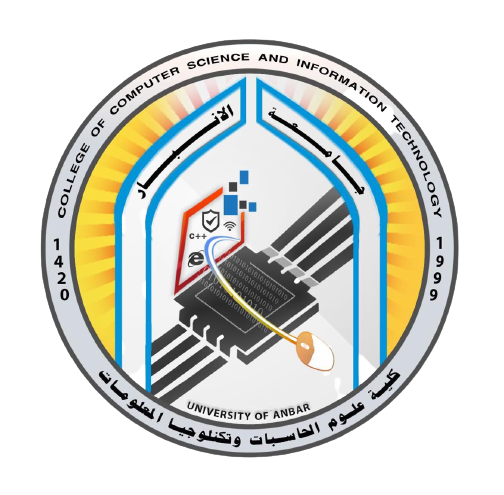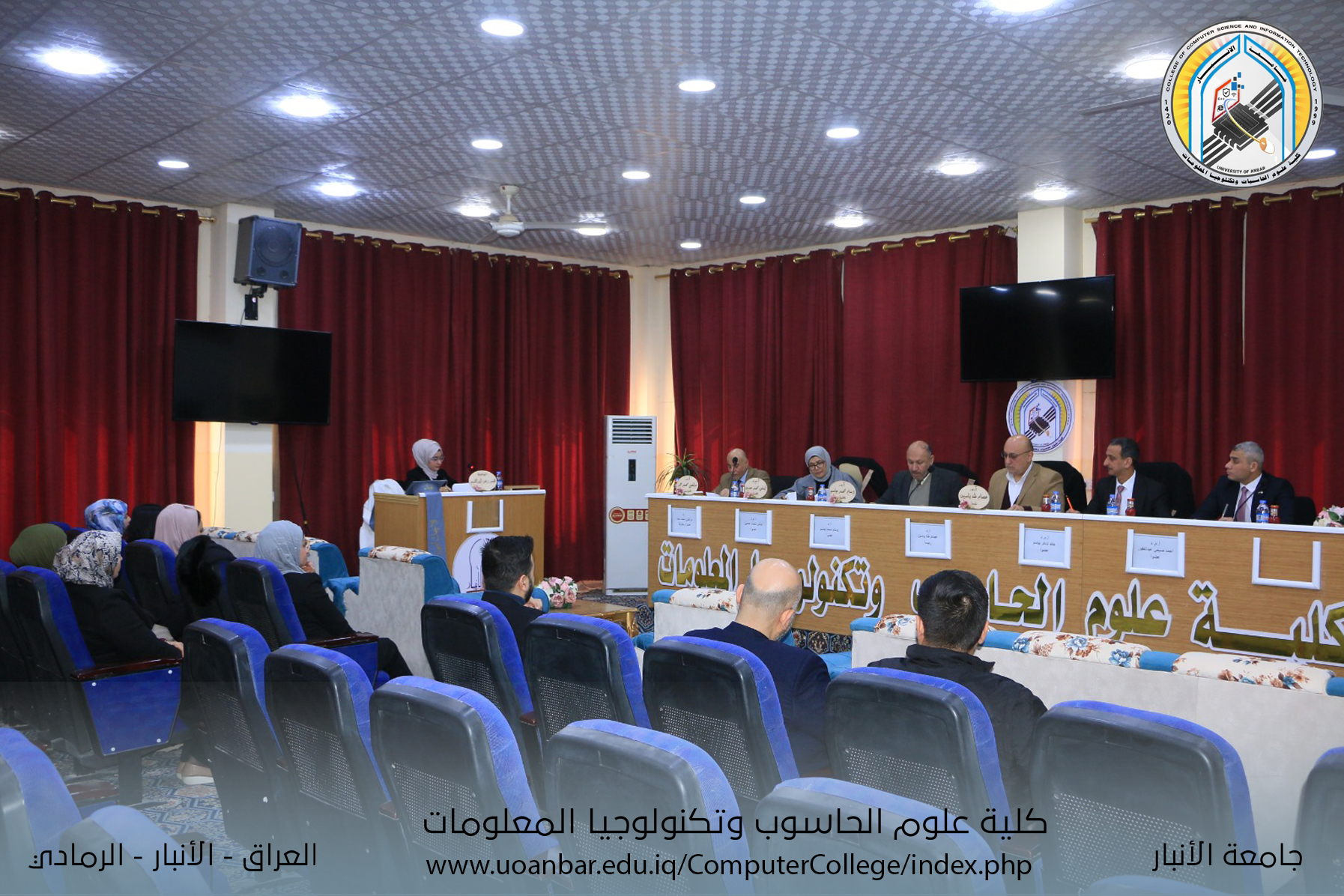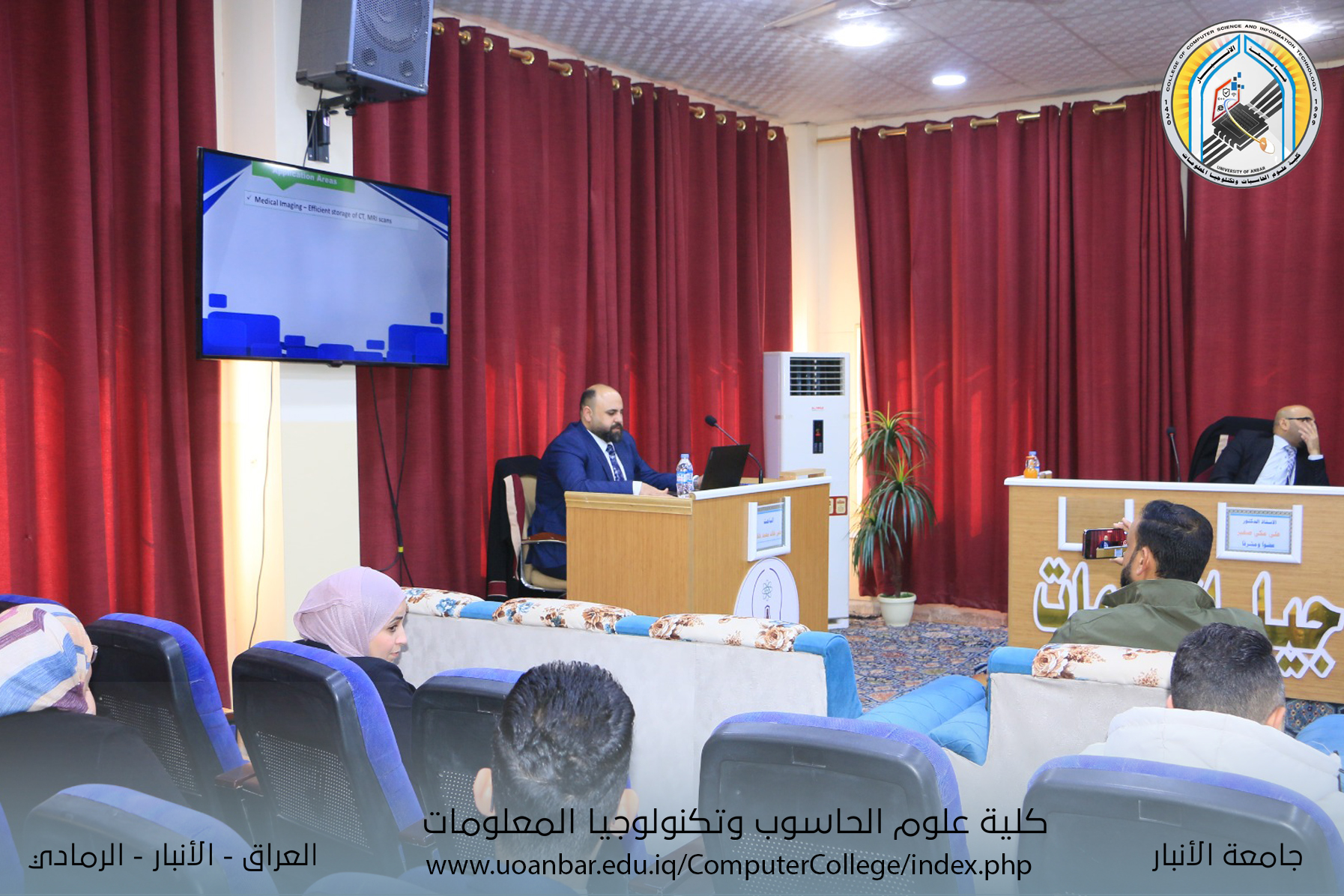
Artificial Intelligence and the Evolution of Large Language Models (LLMs): An Introduction to Llama 3.1
Dr Mohamed Salah Ibrahim
In recent years, the world has witnessed a tremendous development in the field of Artificial Intelligence (AI), especially with regard to the development of Large Language Models (LLMs). These models are capable of understanding written and verbal texts and generating intelligent responses that mimic human interaction. They have revolutionised several fields, including education, journalism, medicine, commerce, and technology. The figure below shows how you, as a user, send text, audio, or images to big language models, and then these models interpret what you have sent and give answers based on it, or analyse data, images, etc.

Figure 1 How large language models work, process the data and provide the associated answer
Among these models, the ChatGPT model based on OpenAI's GPT-4 technology has emerged as one of the most popular models, as it has been trained on huge amounts of data to provide accurate and fast answers in various fields. You may have noticed how it is used in our daily lives, whether through personal assistants such as Siri or Google Assistant, or even in smart chat applications on websites. Figure 2 shows how chatbots work, process the query and send the answer back to the user.

Figure 2 shows how chatbots receive questions from the user, analyse them, search the knowledge database and retrieve the answer for the user
What are Large Language Models (LLMs)?
Large Language Models are AI and machine learning technologies that understand and analyse very large texts to generate human-like responses. These models are trained on massive amounts of data including articles, books, conversations, and human interactions, making them capable of intelligently responding to questions and interacting with users in a natural way.
However, what sets these models apart is their ability to ‘learn’ from the data they are fed. The more data they are exposed to, the better they are able to provide more accurate and in-depth responses. But what makes them great is that they can work across multiple domains, they are not limited to a particular field. You can ask it about coding, history, literature, or even medicine, and it will be able to provide amazingly accurate answers.
The cost and accessibility of these models
While ChatGPT and other GPT models are popular and effective, using them for private projects or commercial applications requires a high cost. For example, to use ChatGPT in a particular application, you need to purchase a subscription from OpenAI. This subscription can be expensive for developers or researchers, especially in resource-poor environments like Iraq.
This cost can be a barrier for novice developers or small projects that want to use AI to build their applications. Even if you manage to get a subscription, you may find yourself limited in the number of times you can use the model. For this reason, there is a need for open source models that offer similar capabilities but at a lower cost or even for free.
Llama 3.1: The free and open solution
This is where Llama 3.1 comes in, offered by Meta as a free and open source alternative. Llama 3.1 is a large language model that competes with the likes of GPT-4 but is completely free and allows developers and researchers to customise it and use it according to their own needs. Llama 3.1 is a great opportunity for programmers who want to develop AI-based applications without having to pay a lot of money.
Llama 3.1 is offered in three versions that differ in terms of power and complexity: 8 billion transactions (8B), 70 billion transactions (70B), and 405 billion transactions (405B). The higher the number of coefficients, the greater the ability of the model to provide accurate and complex responses. Figure 3 represents the image of the llama that Facebook's model is named after.

Figure 3 Llama 3.1 Llama 3.1 is based on a large language model.
Llama 3.1 is currently unavailable in Iraq as shown in Figure 4, as Meta AI notified that it is not available in Iraq but announced that it will be available soon.

Figure 4 Meta AI unavailability in Iraq
But there are several ways to access Llama 3.1 through the use of a VPN as well as developer and programmer sites such as GitHub, Kaggle and Google Colab
Why is Llama 3.1 important?
Llama 3.1 is not just a free alternative; it is a powerful tool that can be used in many areas. Here are a few reasons why this template is important:
1. Flexibility and customisation: Thanks to being open source, developers can access the code and make the necessary adjustments to customise it according to the requirements of their projects. For example, Llama 3.1 can be customised to specialise in a particular field such as education, health, or even business.
2. Free education: Llama 3.1 is an opportunity for students and academics in under-resourced countries. It can be used for academic research or to build pilot projects without having to spend big money.
3. Future development: Complex applications based on this model can be built in areas such as interactive robotics, intelligent customer service systems, educational applications, and even in journalism for automated content generation.
Llama 3.1 real-world uses
1. Interactive robots: Llama 3.1 can be used to develop interactive robots that are able to understand and execute voice commands. Imagine developing a small robot that interacts with users, whether in the educational field or in providing technical support to customers.
2. Academic analysis: In the academic field, Llama 3.1 can be used to analyse scientific papers, generate summaries or even write scientific articles based on the input data.
3. Interactive education: In the field of education, interactive systems based on Llama 3.1 can be developed to deliver personalised learning materials to students based on their needs and levels. These systems can be useful in learning languages or providing private lessons in specific areas such as programming or maths.
4. Journalism and media: In the field of journalism, the model can be used to generate automated content such as news or articles. The model can assist editors in drafting texts or writing complex articles based on a specific topic.
Why is Llama 3.1 not sufficiently used in Iraq?
Although Llama 3.1 is available as a free tool, there are several challenges facing the use of this technology in Iraq:
1. Lack of awareness: There is a lack of awareness of the importance of AI and large language models. Few academics and developers are aware of the potential of these tools and how they can be used in practical applications.
2. Poor infrastructure: Technical infrastructure, especially internet and computing resources, is a major challenge in implementing AI-based projects effectively.
3. Lack of initiatives: There are not enough local initiatives to support the development of AI-based projects. Collaboration between universities, companies, and government organisations may be needed to enable the use of this technology.
Invitation to participate in a workshop
Developers, academics and young people interested in the field of Artificial Intelligence are invited to join a workshop we will be organising at our college on (Exploring the most widely used and exceptional AI tools and applications) on 11-13/11/2024. The workshop will be an opportunity for hands-on learning and exchange of ideas on how to customise the model to meet our needs. Registration link for the workshop:
https://docs.google.com/forms/d/e/1FAIpQLScVGP_gc_009tHfJd7JdLXoSiyBLk83XMAASUuBfnC540YDrQ/viewform?usp=sf_link
References
https://teaminnovatics.com/blogs/large-language-models-llms-overview/
https://waverleysoftware.com/blog/how-integrate-chat-gpt-for-business/
https://www.linkedin.com/pulse/chatbots-natural-language-search-2-sides-same-coin-debmalya-biswas/
https://viso.ai/deep-learning/llama-2/




